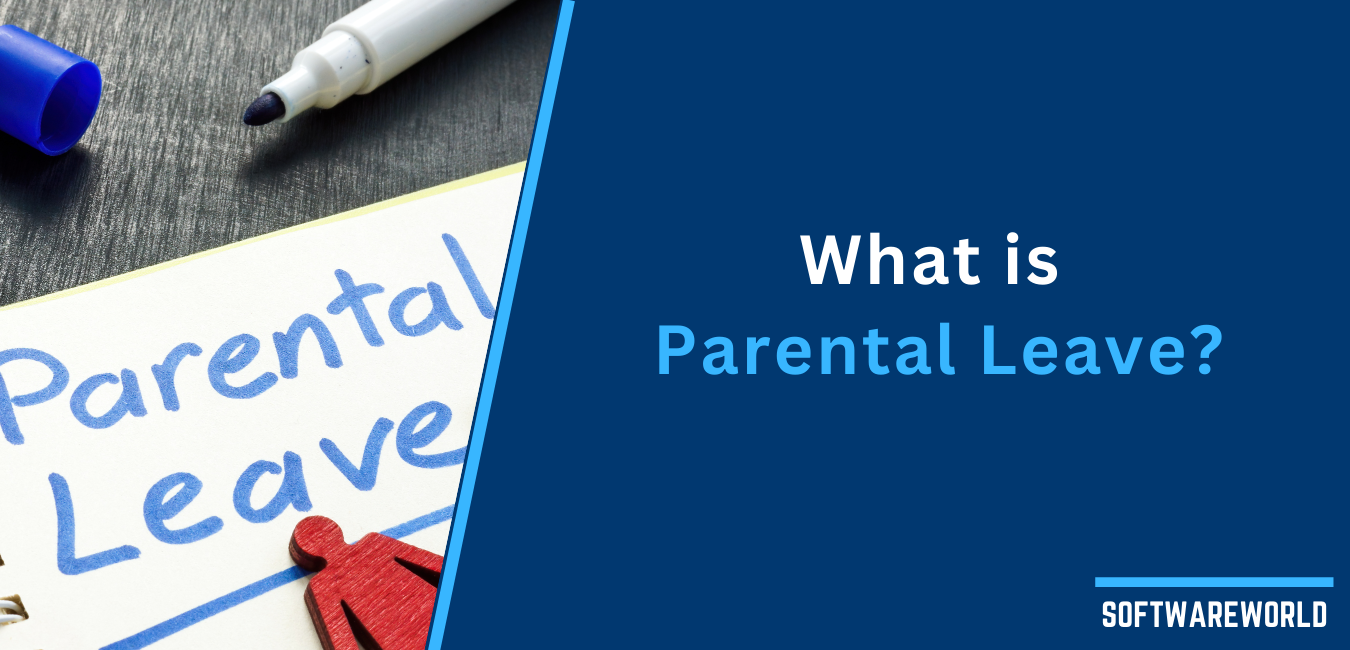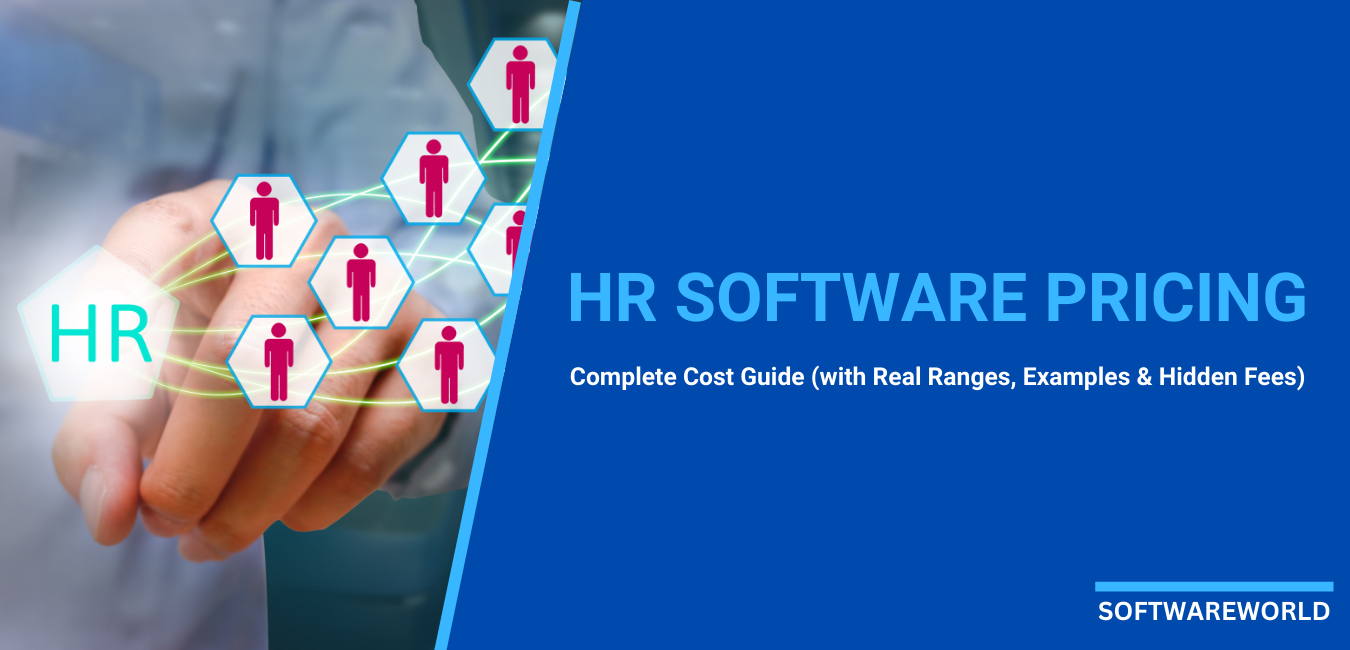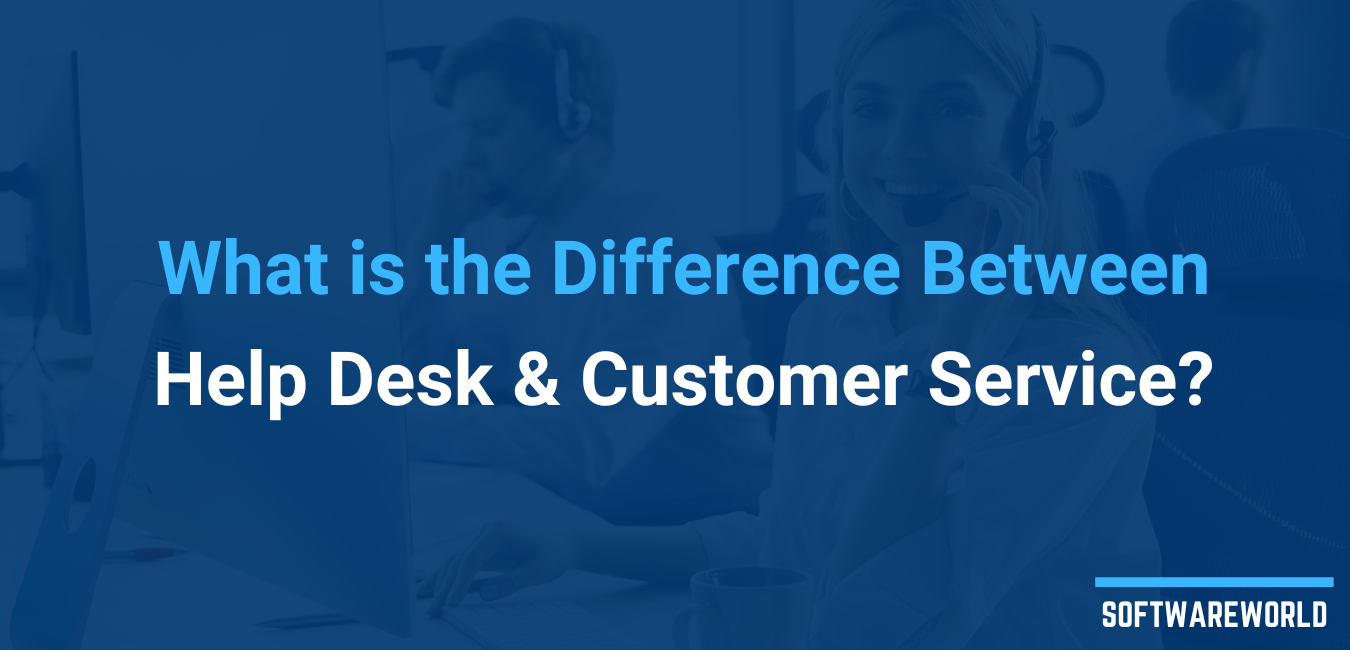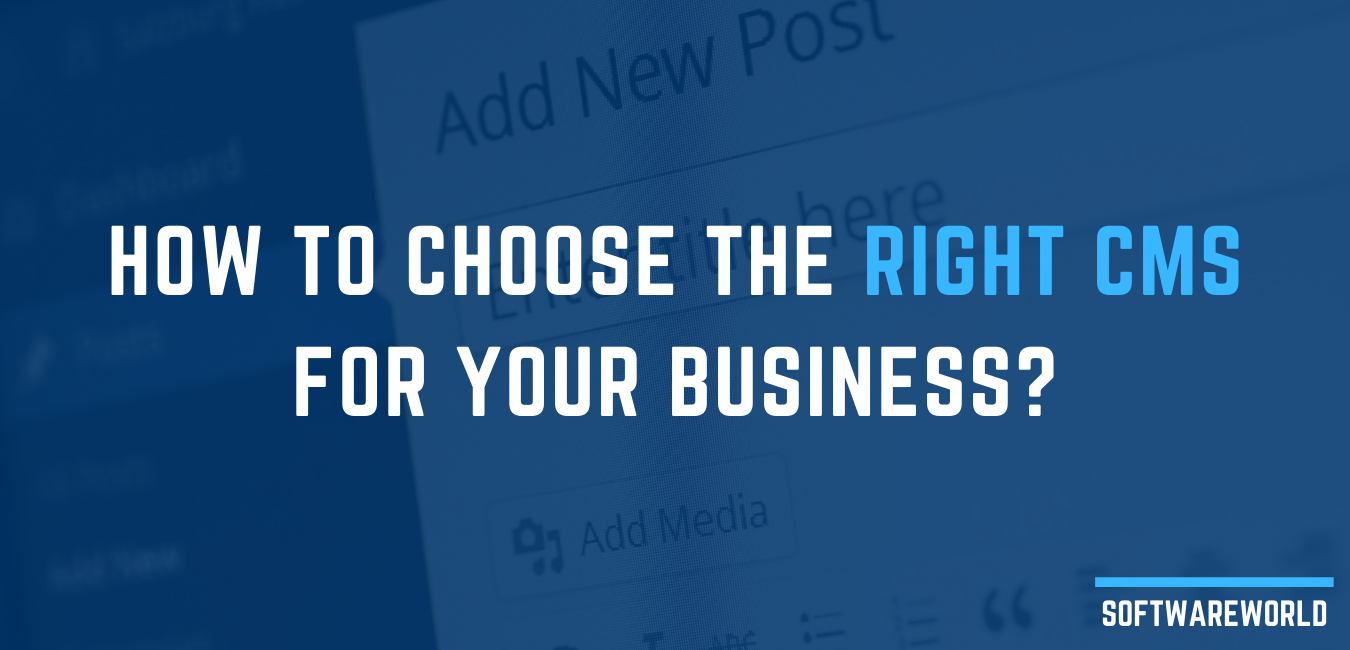Width: 0px, Height: 0px
Width: 1079px, Height: 1079px
Width: 1075px, Height: 1075px
Width: 1060px, Height: 1060px
Width: 1051px, Height: 1051px
Width: 1037px, Height: 1037px
Width: 1031px, Height: 1031px
Width: 1026px, Height: 1026px
Width: 1022px, Height: 1022px
Width: 1019px, Height: 1019px
Width: 1017px, Height: 1017px
Width: 1016px, Height: 1016px
Width: 1015px, Height: 1015px
Width: 1011px, Height: 1011px
Width: 1009px, Height: 1009px
Width: 1005px, Height: 1005px
Width: 997px, Height: 997px
Width: 995px, Height: 995px
Width: 991px, Height: 991px
Width: 991px, Height: 991px
Width: 987px, Height: 987px
Width: 984px, Height: 984px
Width: 979px, Height: 979px
Width: 976px, Height: 976px
Width: 974px, Height: 974px
Width: 972px, Height: 972px
Width: 972px, Height: 972px
Width: 971px, Height: 971px
Width: 970px, Height: 970px
Width: 969px, Height: 969px
Width: 967px, Height: 967px
Width: 966px, Height: 966px
Width: 965px, Height: 965px
Width: 964px, Height: 964px
Width: 964px, Height: 964px
Width: 961px, Height: 961px
Width: 960px, Height: 960px
Width: 957px, Height: 957px
Width: 956px, Height: 956px
Width: 956px, Height: 956px
Width: 955px, Height: 955px
Width: 952px, Height: 952px
Width: 951px, Height: 951px
Width: 949px, Height: 949px
Width: 949px, Height: 949px
Width: 947px, Height: 947px
Width: 947px, Height: 947px
Width: 945px, Height: 945px
Width: 940px, Height: 940px
Width: 939px, Height: 939px
Width: 937px, Height: 937px
Width: 935px, Height: 935px
Width: 932px, Height: 932px
Width: 931px, Height: 931px
Width: 929px, Height: 929px
Width: 927px, Height: 927px
Width: 925px, Height: 925px
Width: 921px, Height: 921px
Width: 920px, Height: 920px
Width: 917px, Height: 917px
Width: 912px, Height: 912px
Width: 912px, Height: 912px
Width: 911px, Height: 911px
Width: 909px, Height: 909px
Width: 906px, Height: 906px
Width: 904px, Height: 904px
Width: 900px, Height: 900px
Width: 899px, Height: 899px
Width: 897px, Height: 897px
Width: 896px, Height: 896px
Width: 895px, Height: 895px
Width: 895px, Height: 895px
Width: 894px, Height: 894px
Width: 892px, Height: 892px
Width: 891px, Height: 891px
Width: 890px, Height: 890px
Width: 889px, Height: 889px
Width: 887px, Height: 887px
Width: 885px, Height: 885px
Width: 885px, Height: 885px
Width: 884px, Height: 884px
Width: 882px, Height: 882px
Width: 881px, Height: 881px
Width: 879px, Height: 879px
Width: 879px, Height: 879px
Width: 879px, Height: 879px
Width: 879px, Height: 879px
Width: 879px, Height: 879px
Width: 877px, Height: 877px
Width: 876px, Height: 876px
Width: 874px, Height: 874px
Width: 874px, Height: 874px
Width: 870px, Height: 870px
Width: 870px, Height: 870px
Width: 867px, Height: 867px
Width: 866px, Height: 866px
Width: 865px, Height: 865px
Width: 861px, Height: 861px
Width: 860px, Height: 860px
Width: 857px, Height: 857px
Width: 855px, Height: 855px
Width: 854px, Height: 854px
Width: 851px, Height: 851px
Width: 850px, Height: 850px
Width: 849px, Height: 849px
Width: 846px, Height: 846px
Width: 842px, Height: 842px
Width: 839px, Height: 839px
Width: 835px, Height: 835px
Width: 830px, Height: 830px
Width: 825px, Height: 825px
Width: 822px, Height: 822px
Width: 812px, Height: 812px
Width: 806px, Height: 806px
Width: 801px, Height: 801px
Width: 796px, Height: 796px
Width: 792px, Height: 792px
Width: 789px, Height: 789px
Width: 782px, Height: 782px
Width: 775px, Height: 775px
Width: 772px, Height: 772px
Width: 769px, Height: 769px
Width: 764px, Height: 764px
Width: 760px, Height: 760px
Width: 756px, Height: 756px
Width: 751px, Height: 751px
Width: 746px, Height: 746px
Width: 745px, Height: 745px
Width: 741px, Height: 741px
Width: 739px, Height: 739px
Width: 737px, Height: 737px
Width: 736px, Height: 736px
Width: 736px, Height: 736px
Width: 735px, Height: 735px
Width: 729px, Height: 729px
Width: 728px, Height: 728px
Width: 725px, Height: 725px
Width: 724px, Height: 724px
Width: 720px, Height: 720px
Width: 719px, Height: 719px
Width: 718px, Height: 718px
Width: 716px, Height: 716px
Width: 715px, Height: 715px
Width: 715px, Height: 715px
Width: 714px, Height: 714px
Width: 713px, Height: 713px
Width: 711px, Height: 711px
Width: 709px, Height: 709px
Width: 705px, Height: 705px
Width: 700px, Height: 700px
Width: 698px, Height: 698px
Width: 694px, Height: 694px
Width: 691px, Height: 691px
Width: 690px, Height: 690px
Width: 688px, Height: 688px
Width: 688px, Height: 688px
Width: 686px, Height: 686px
Width: 685px, Height: 685px
Width: 681px, Height: 681px
Width: 680px, Height: 680px
Width: 679px, Height: 679px
Width: 678px, Height: 678px
Width: 676px, Height: 676px
Width: 671px, Height: 671px
Width: 670px, Height: 670px
Width: 669px, Height: 669px
Width: 668px, Height: 668px
Width: 666px, Height: 666px
Width: 665px, Height: 665px
Width: 664px, Height: 664px
Width: 663px, Height: 663px
Width: 661px, Height: 661px
Width: 660px, Height: 660px
Width: 660px, Height: 660px
Width: 659px, Height: 659px
Width: 658px, Height: 658px
Width: 655px, Height: 655px
Width: 653px, Height: 653px
Width: 651px, Height: 651px
Width: 650px, Height: 650px
Width: 649px, Height: 649px
Width: 649px, Height: 649px
Width: 649px, Height: 649px
Width: 648px, Height: 648px
Width: 645px, Height: 645px
Width: 644px, Height: 644px
Width: 643px, Height: 643px
Width: 641px, Height: 641px
Width: 640px, Height: 640px
Width: 640px, Height: 640px
Width: 640px, Height: 640px
Width: 638px, Height: 638px
Width: 638px, Height: 638px
Width: 636px, Height: 636px
Width: 635px, Height: 635px
Width: 634px, Height: 634px
Width: 633px, Height: 633px
Width: 633px, Height: 633px
Width: 633px, Height: 633px
Width: 631px, Height: 631px
Width: 630px, Height: 630px
Width: 628px, Height: 628px
Width: 626px, Height: 626px
Width: 625px, Height: 625px
Width: 624px, Height: 624px
Width: 621px, Height: 621px
Width: 619px, Height: 619px
Width: 618px, Height: 618px
Width: 618px, Height: 618px
Width: 616px, Height: 616px
Width: 615px, Height: 615px
Width: 614px, Height: 614px
Width: 613px, Height: 613px
Width: 613px, Height: 613px
Width: 611px, Height: 611px
Width: 611px, Height: 611px
Width: 610px, Height: 610px
Width: 609px, Height: 609px
Width: 608px, Height: 608px
Width: 606px, Height: 606px
Width: 605px, Height: 605px
Width: 604px, Height: 604px
Width: 604px, Height: 604px
Width: 603px, Height: 603px
Width: 601px, Height: 601px
Width: 600px, Height: 600p



